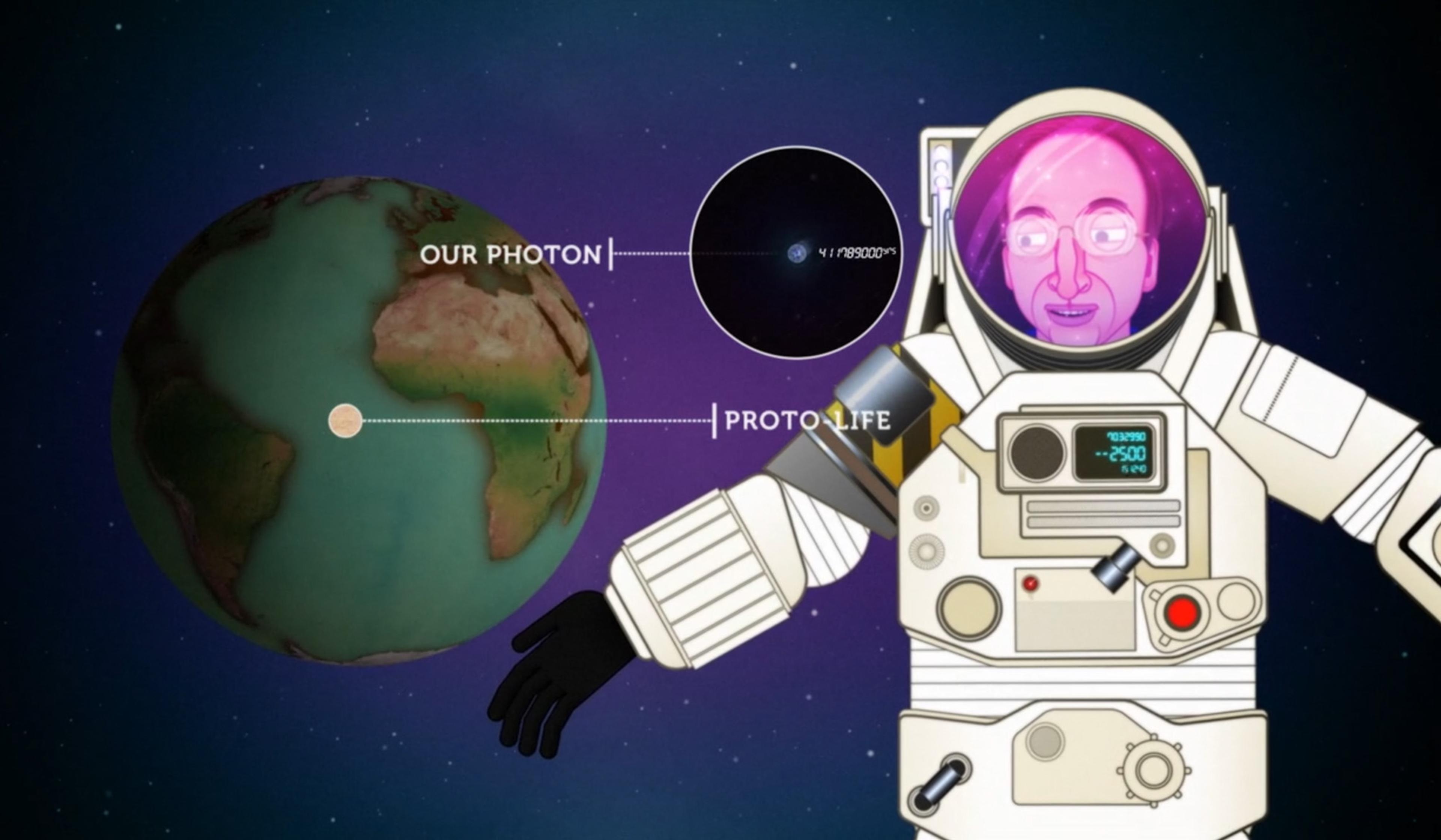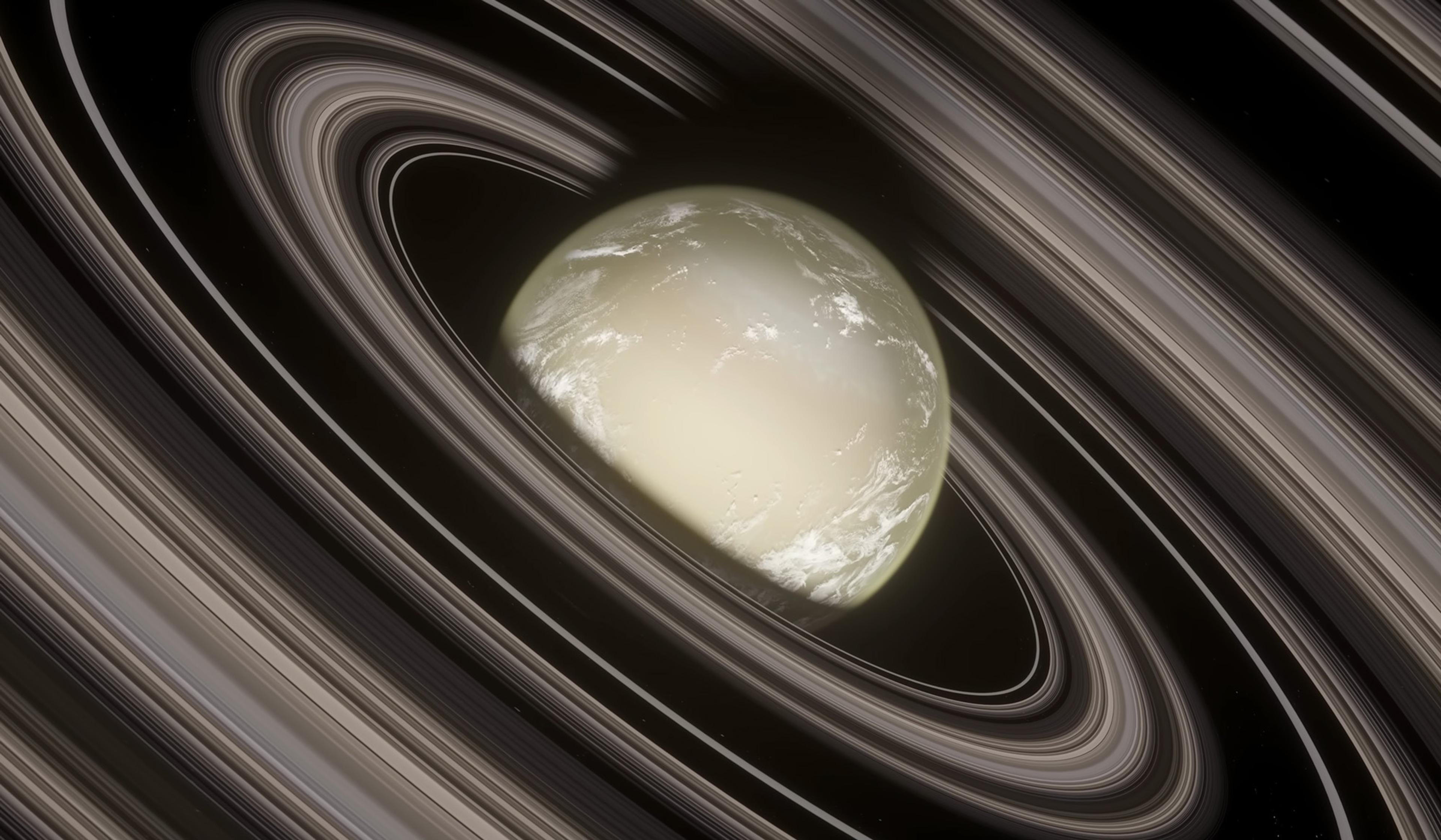Even if you’re able to escape light pollution on a clear night, your view of the Milky Way is still obscured by the Earth’s atmosphere and, of course, limited to the visible light spectrum. Modern telescopes have transformed our understanding of the cosmos not only through their unprecedented deep-space views, but also because they’re able to detect electromagnetic frequencies outside of what we can see with our eyes, occasionally while orbiting beyond Earth’s atmosphere. This revealing video from the American Museum of Natural History guides us through celestial views at several electromagnetic frequencies, demonstrating how specialised telescopes reach beyond the visible spectrum to help demystify the observable Universe.
What our eyes miss in the sky – stargazing beyond the visible light spectrum
Producer: Irene Pease
Website: American Museum of Natural History

videoAstronomy
Visualisations explore what the deep future holds for our night sky
6 minutes

videoAstronomy
Take a 10 billion-year journey with a photon, from a distant supernova to Earth
3 minutes

videoCosmology
A journey from the Himalayas to the edge of our cosmic horizon in space and time
7 minutes

videoSpace exploration
What are you really seeing when you see magnificent images of space?
5 minutes

videoAstronomy
Close encounters of a different kind – what if Venus, Neptune or Saturn hovered close by?
2 minutes

videoSpace exploration
Burning ice, metal clouds, gemstone rain – tour the strangest known exoplanets
31 minutes

videoAstronomy
Let the Sun’s invisible solar winds wash over you in ultra high-definition video
30 minutes

videoPhysics
The abyss at the edge of human understanding – a voyage into a black hole
4 minutes

videoAstronomy
The plodding photon, or how the speed of light looks sluggish on a galactic scale
45 minutes